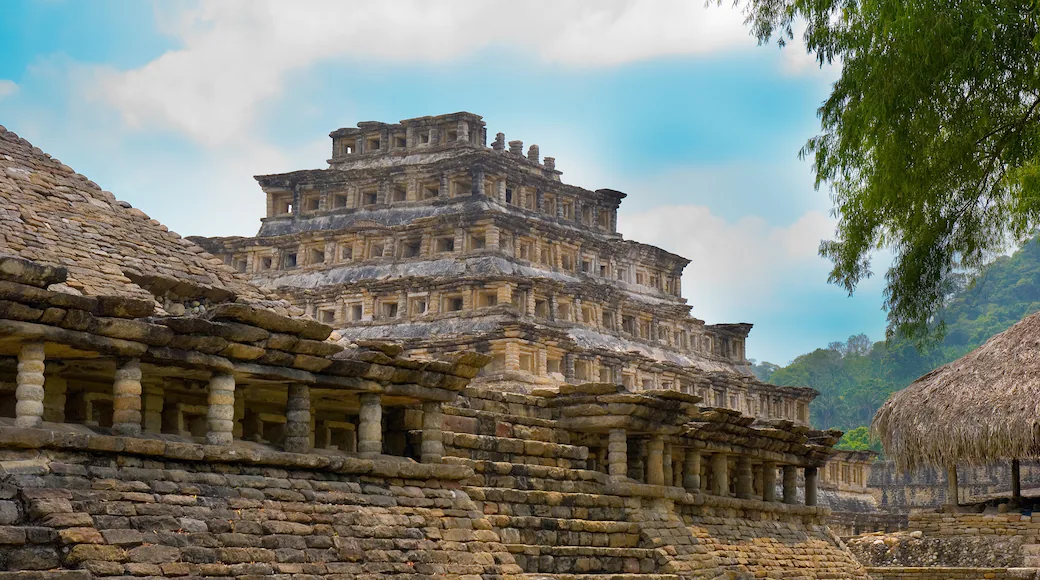
Photo by E.B. Barros, 1918; Courtesy Texas Portal of History
This photograph is believed to have been taken late in the development of Mexico's Golden Lane, in Huasteca's (Doheny) Fubero block, near Papantla in the State of Vera Cruz. There is electricity and the landscape is more typical of sandy, southern coastal plains. Rig workers lived in tented camps. There is a RU underway in the bottom right foreground, the bullwheel has already been set. Fubero represents the southern-most area of the Golden Lane atoll; its production is meager compared to much larger fields to the north, like Casiano, Amarilla and Potrero.

Some of the earliest reported tar seeps in all of Mexico were reported to be near Papantla. Aztecs walked from their capital near Mexico City to exploit these tar springs.
The area is fertile, receives lots of rainfall and post Azeta cultures like the Hauastec and Olmec built enormous cities in the region in the 10th and 13 centuries, including El Tajin, on the left, never Papantla. Most all of Mexico's vanilla is grown near Papantla.
The largest onshore oilfield in Mexico is located in Pozo Rica just 150 miles to the northwest. It was discovered in 1930 and approaching giant status at 800,000,000 barrels of cumulative production.
The literal translation of Vera Cruz is true cross.

The port city of Veracruz, southeast of Papantla in 1885. Courtesy Cornell University.
Ciudad Veracruz is a stunningly beautiful city that I have seen several times. It is the heart of old Mexico and chalk full of charm and culture. Ciudad Veracruz is where the Spanish landed in the 1500's before they marched to Mexico City to ultimately destroy the Aztec culture.

The United States, like the Spanish, invaded Veracruz in November 1914, complete with war ships and Marines coming ashore like it was Normandy.
Some American sailors got stumbling drunk on shore leave in Veracruz and got thrown in the celda. The police chief would not let them go. On the pretense of protecting US citizens abroad, which was actually about protecting American oil interests in Mexico during the time of the Mexican Revolution, not eight American sailors, the Battle of Veracruz was the first of many, many invasions by the US all across the world. About oil.
Huerta, the then President of Mexico in 1914, was preoccupied with the Revolution and Woodrow Wilson, the then President of the United States, took big time advantage of that by capturing the city, to then simply leave. I urge you to read about the invasion of Veracruz, Mexico in 1914, it is an amazing, little known piece of American history. Later we will explore the role that American oil men played in Wilson's politics toward Mexico, including a well known lawyer from Texas named Buckley.